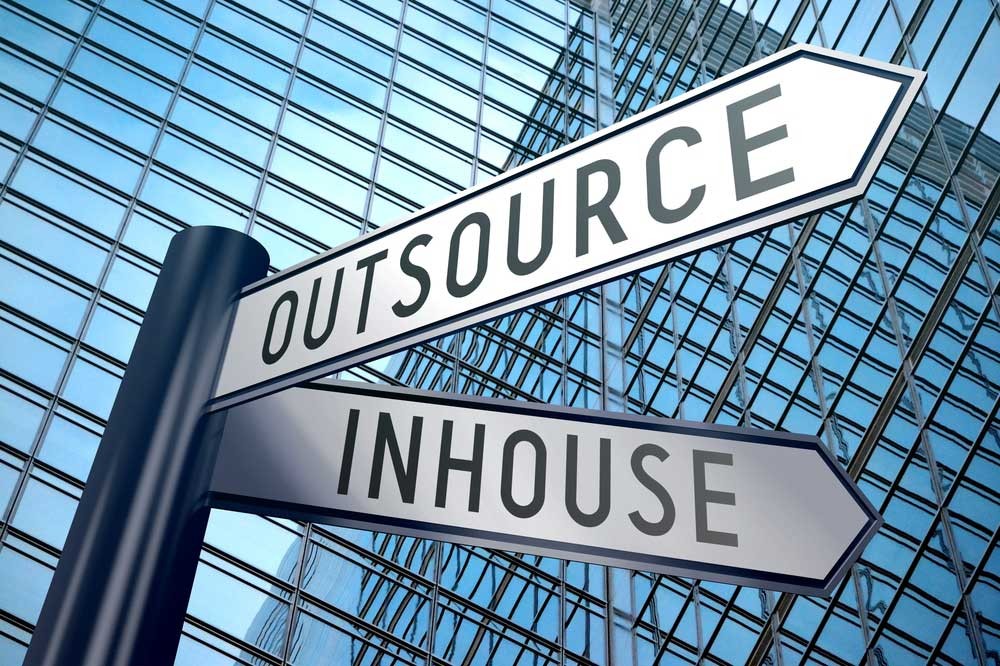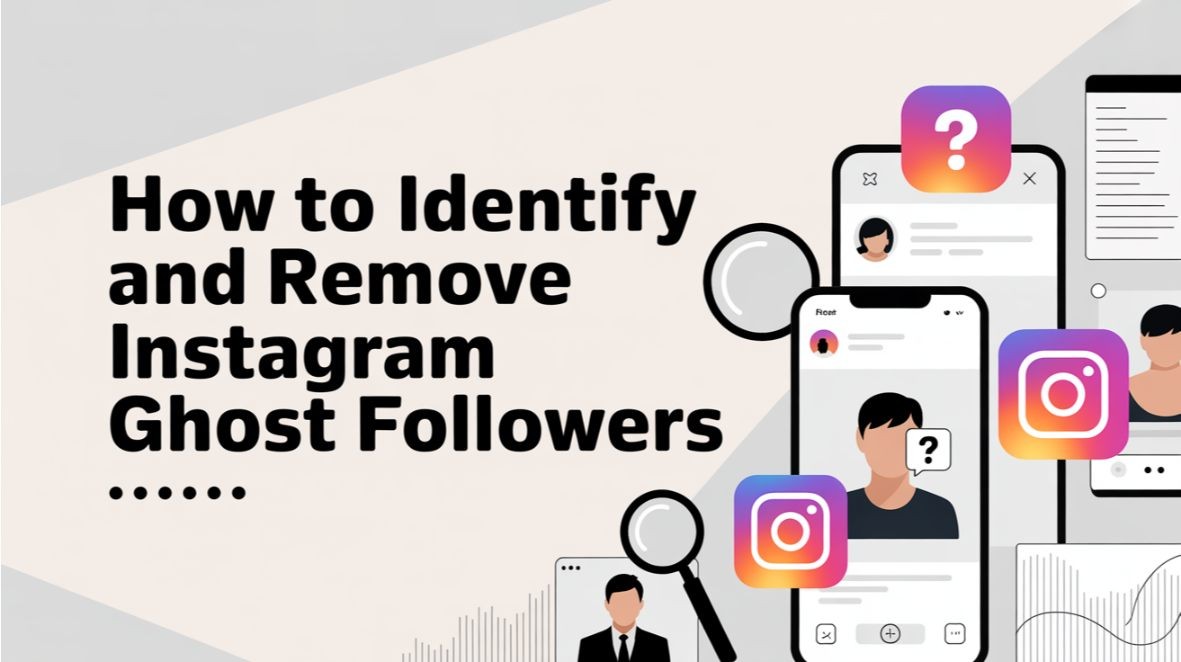What are the mistakes to avoid while customizing a WordPress website?

Are you interested in customizing your WordPress website? That's fantastic! Customization gives you the opportunity to create a unique and personalized site that reflects your brand. However, it's important to proceed with care and avoid common mistakes that could negatively impact your website's performance and security. In this blog post, we will explore the key errors to stay clear of when customizing a WordPress website, so you can build an impressive and effective online presence without any setbacks. Let's get started!
Installing too many plugins
A common mistake made by website owners when customizing their WordPress site is installing an excessive number of plugins. While plugins can improve functionality and enhance your website's features, using too many can have negative consequences.
Using too many plugins can noticeably decrease your website's loading speed. Each plugin comes with its own set of scripts and stylesheets, which can significantly increase the time it takes for your pages to load. This can lead to visitor frustration and a negative impact on your search engine ranking since page speed is an important factor in ranking algorithms.
Additionally, using excessive plugins increases the chance of compatibility issues. Plugins are developed by different creators who may not always adhere to best practices or ensure compatibility with other widely used plugins. As a result, conflicts between various components on your website can occur, leading to impaired functionality or even complete site crashes.
Ignoring WordPress Updates
One common mistake made by website owners when customizing their WordPress development website is neglecting to update the platform. While it may be tempting to ignore those update notifications, doing so can have significant consequences.
The importance of keeping your website updated cannot be overstated, as neglecting updates puts your site at risk of security vulnerabilities. Hackers are always discovering new ways to exploit outdated versions of WordPress, making it crucial to stay up-to-date with the latest releases to maintain the cyber security of your site.
However, updates offer more than just security. They also include valuable enhancements and bug fixes. By ignoring these updates, you might be missing out on improved functionality and features that can benefit both you and your visitors.
Changing the code without creating a backup
Making changes to the code of your website always carries the risk of introducing errors or bugs. Without a backup, you won't have a way to restore your site to its previous version if these issues occur. This could result in losing all the customized work and effort you put into your site.
Making regular backups of your WordPress site is crucial for any customization endeavor. It ensures that you can easily restore your website in case any issues arise during the coding process. Having a recent backup readily available enables you to swiftly revert any changes and get your site back online without losing any data or progress.
Luckily, there are several plugins that simplify the process of creating automated backups for your WordPress site. These plugins enable you to schedule regular backups and securely store them offsite, ensuring easy access whenever required.
Not using a child theme
If you're customizing your WordPress development website, one important thing to avoid is using a child theme. A child theme is like a separate version of the main theme that keeps all the original functionality and styling intact. It's a safer way to make changes and modifications to your site without affecting the original theme itself.
Using a child theme has a significant benefit: it ensures that your website remains intact even when updates are released for the parent theme. Without a child theme, any customizations you make directly to the parent theme's files will be erased during an update, requiring you to redo all of your changes.
Using a child theme also helps with code organization and management. It allows for a clear separation between customizations and core functionalities, making troubleshooting and debugging much easier.
Not securing your site
When customizing your WordPress website, it's crucial to prioritize its security. Failure to do so can leave you susceptible to hackers and malicious attacks. One common oversight made by website owners is neglecting the necessary steps to safeguard their site.
One key element in keeping your website secure is using strong and unique passwords for all user accounts, including administrators and contributors. It's important to avoid predictable passwords like "123456" or "password." Instead, create robust passwords that combine uppercase letters, lowercase letters, numbers, and special characters.
To avoid making a critical mistake, make sure to install a trustworthy security plugin for your WordPress website. There are numerous reliable options that provide features like firewall protection, malware scanning, login safeguarding, and defense against brute-force attacks. These plugins can effectively identify and thwart unauthorized access attempts.
Conclusion
It is imperative that you avoid common mistakes during the customization process of your WordPress site to guarantee success. By following these guidelines, you can create a visually appealing and functional website that's also secure. Remember to install child themes when necessary, back up your site before making any significant coding changes, optimize for speed using available tools, and prioritize site security. Keep these tips in mind, and you'll have a WordPress site that not only looks beautiful but also ensures the safety of its users.
Related Blog
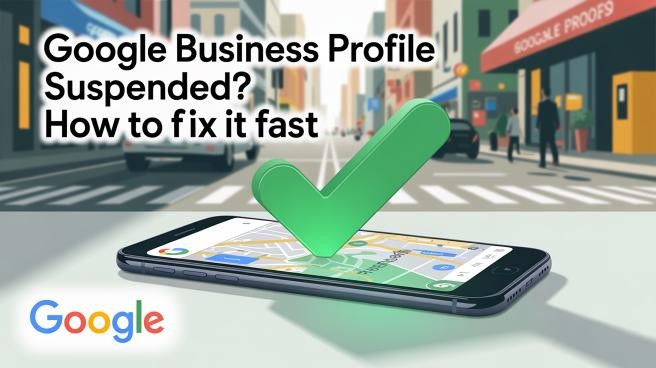
Google Business Profile Suspended? How to Fix It Fast
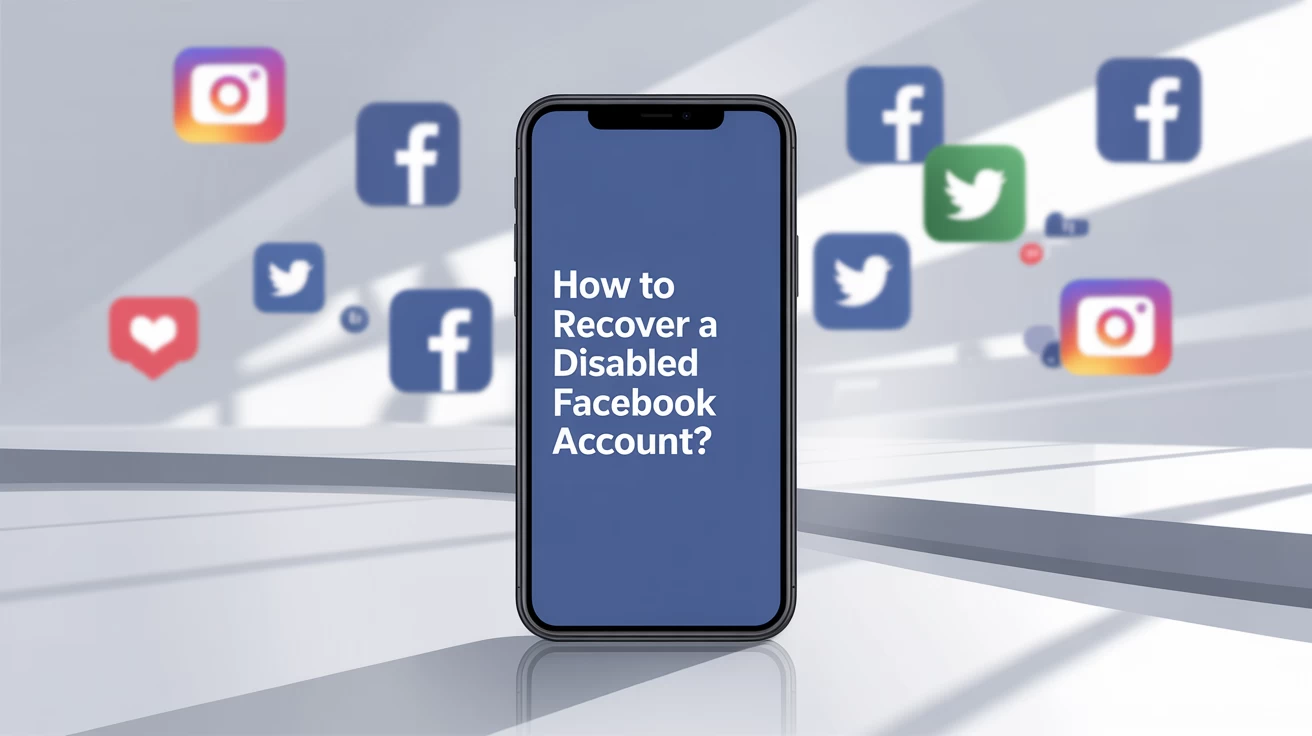
How to Recover a Disabled Facebook Account?

What to Do If Your Facebook Account Is Hacked and Your Email Is Changed

LinkedIn Shadow Ban: How to Avoid and Fix it

How to Recover a Hacked WordPress Website

How to start an IT company in Dubai

Best Ethical Hacking Companies in Dubai

Webflow vs WordPress Which is Better for Website Design?

20 Tips for Effective LinkedIn Marketing in Dubai

Top 10 Software Development Companies in Dubai


What is the Software Development required for Creating Payment Gateways?

How does Google treat AI Content in SEO?

How to create a proper content distribution strategy

How can Brand agencies bring success to B2B Business in the UAE?

Maximize Sales with e-commerce Advertising Strategies

Schema Markup for SEO: Boost Your SERP Visibility with Structured Data

FIVE STRATEGIES TO INCREASE YOUR BRAND LOYALTY

What are the Branding Strategies for a Small Business in the UAE?
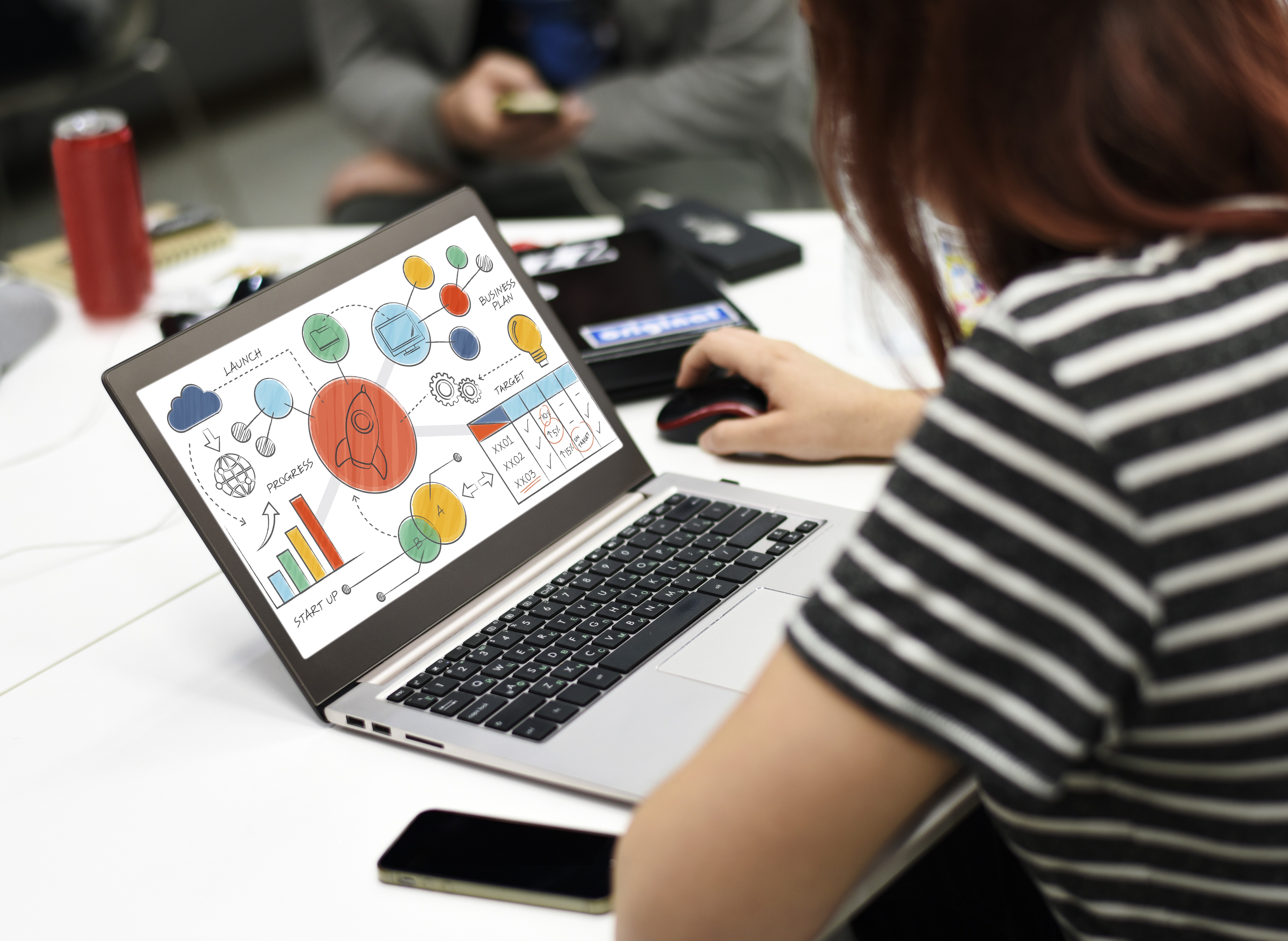
How can digital marketing be useful for small businesses?

What are the Things to Consider for Hiring Creative Agencies?

What are the different ways to protect the website from unethical hacking?

Why is Website Maintenance important for your Business?

Trends of Future Creative Agencies in UAE

How can AI transform digital marketing in the UAE?
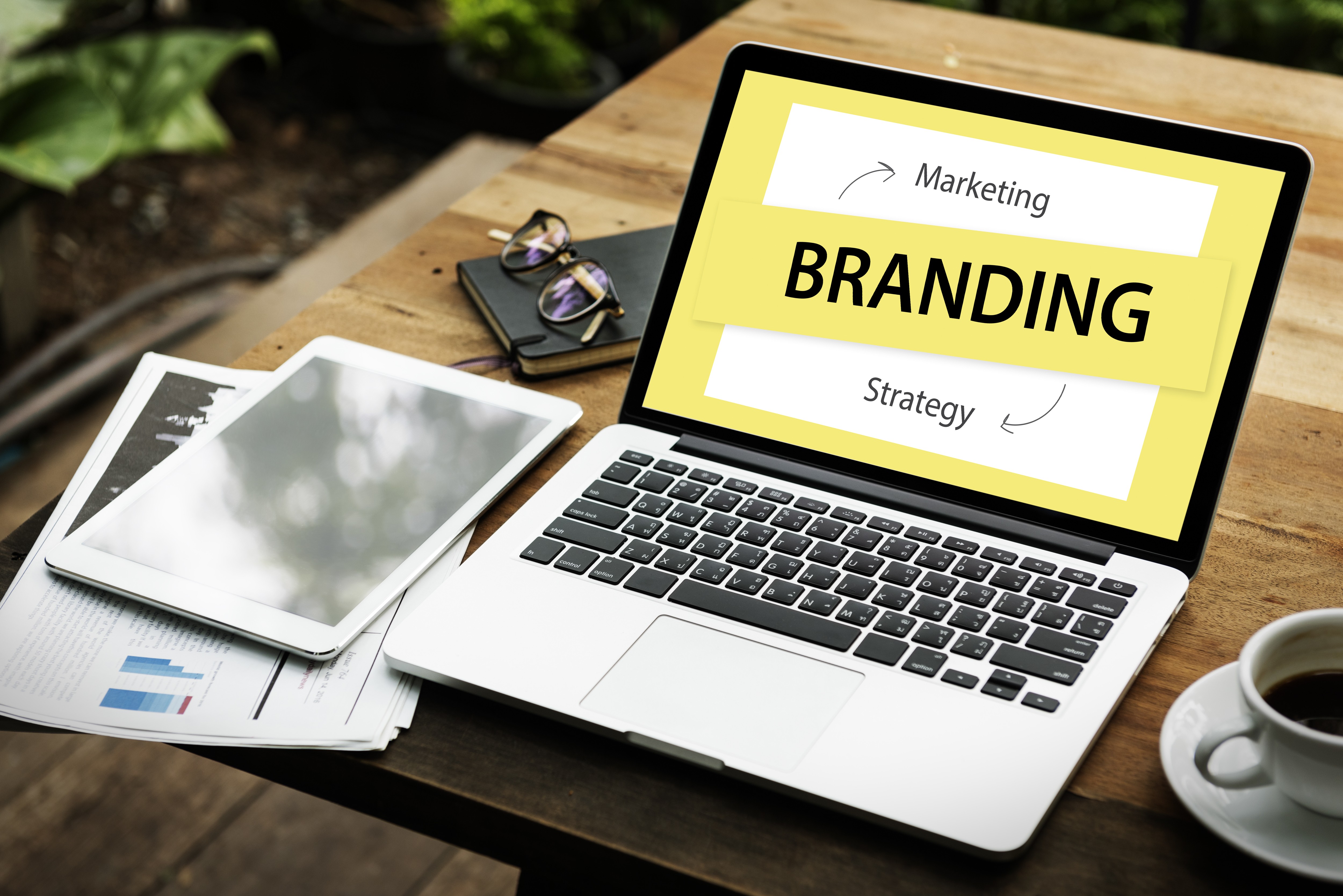


How can a powerful Landing Page Design lead to higher conversion?

Checklist to build a winning e-commerce website


WHAT ARE THE SUCCESSFUL ELEMENTS REQUIRED FOR BRANDING A WEBSITE IN UAE?
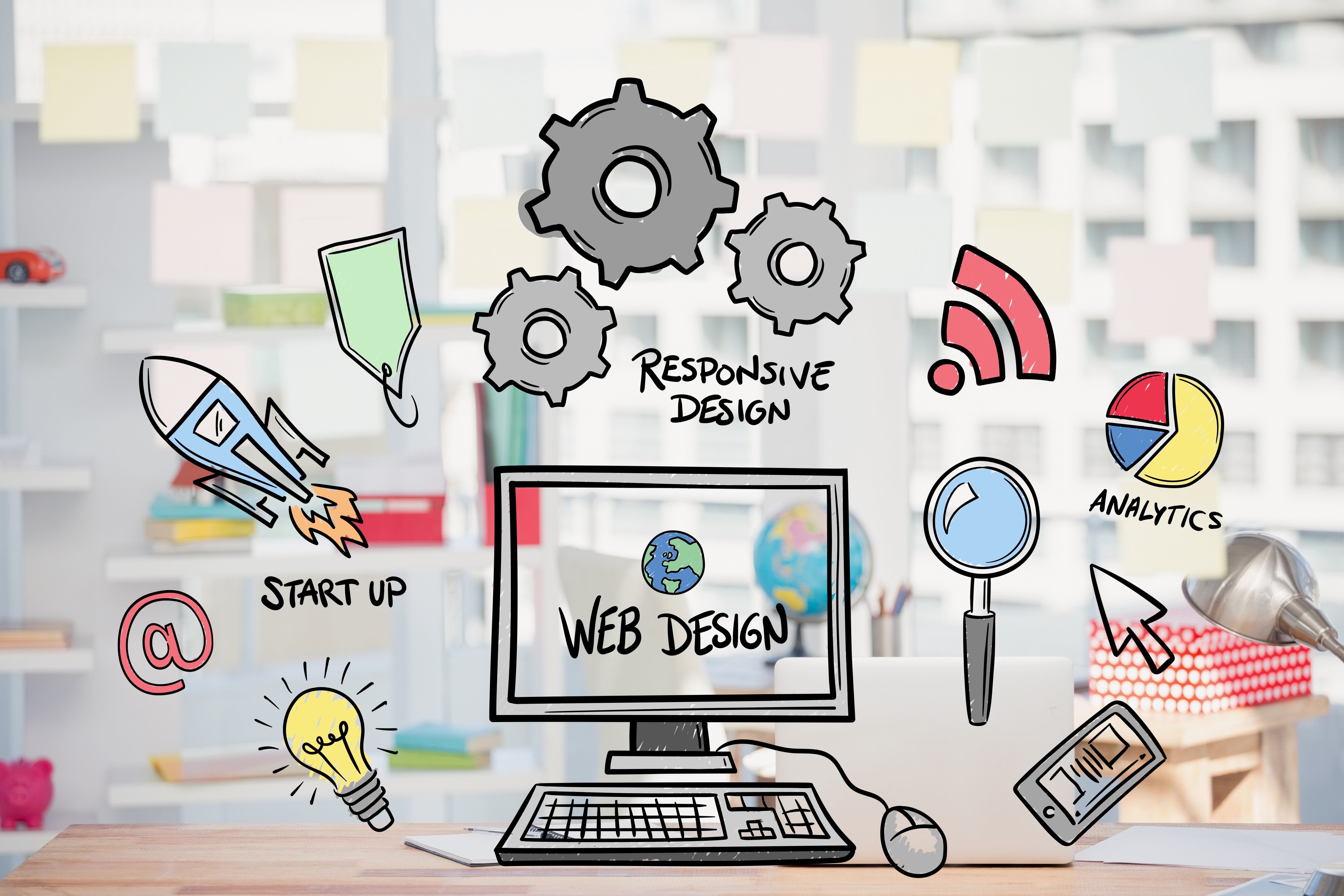
What are the best web designing tools that can renovate your site?
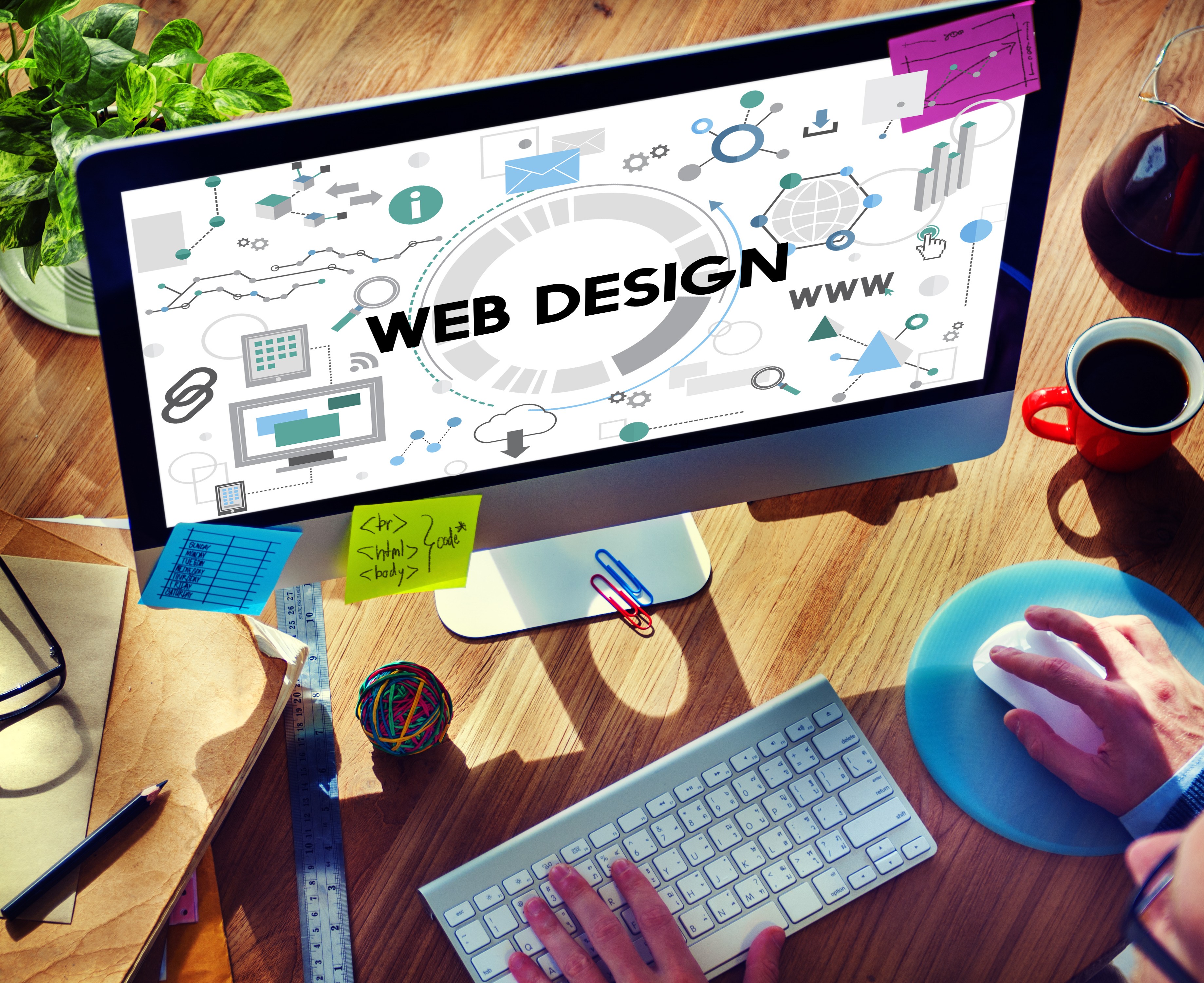
What are the web designing strategies that can improve the SEO ranking?

How social media impacts the promotion of the business in the Future?

What is the SEO checklist involved in content writing?

Top Ten Mobile App Development Companies in UAE

How do we choose the best brand name for the business in UAE?
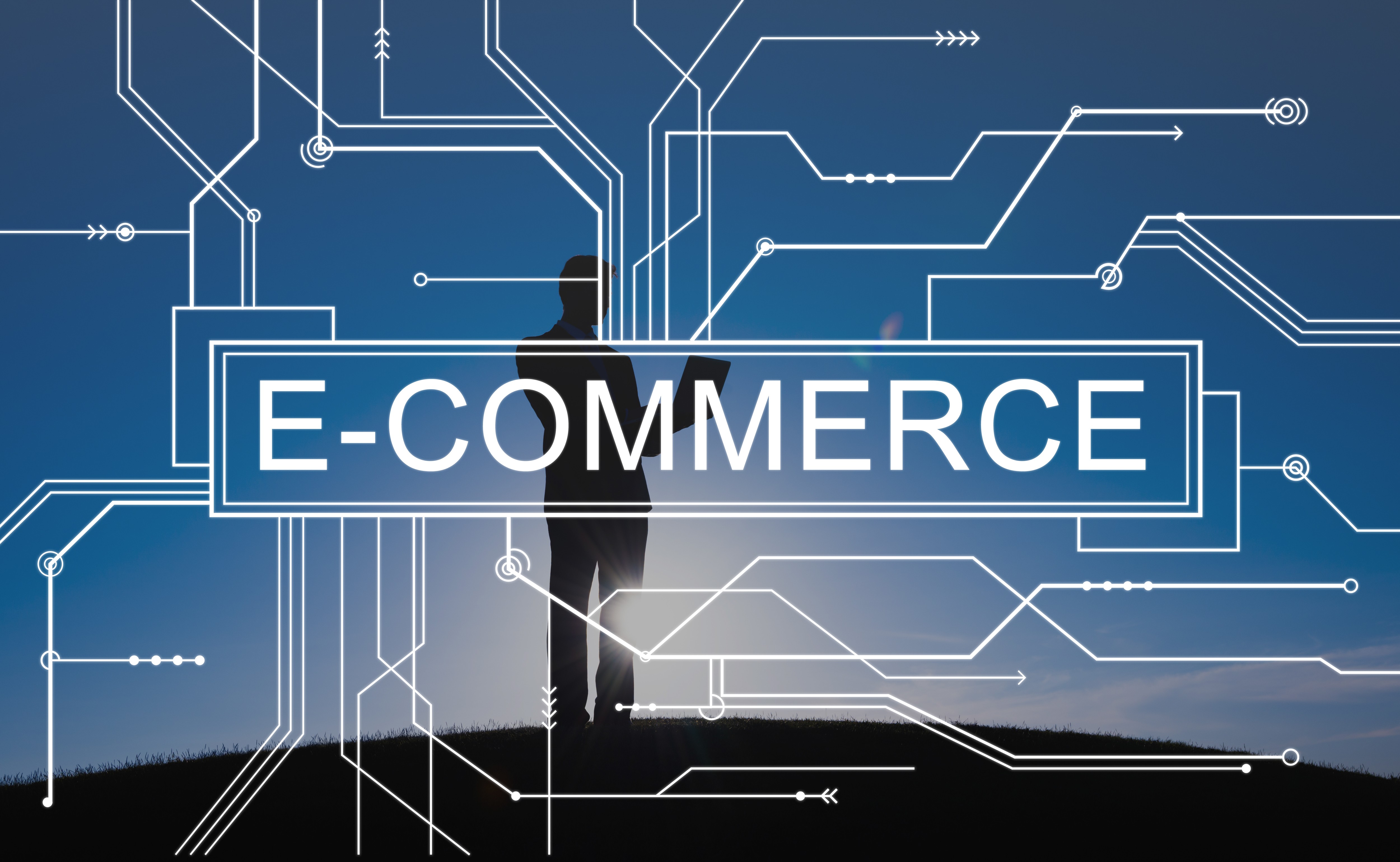
What are the top e-commerce Software Solutions required for the IT industry?
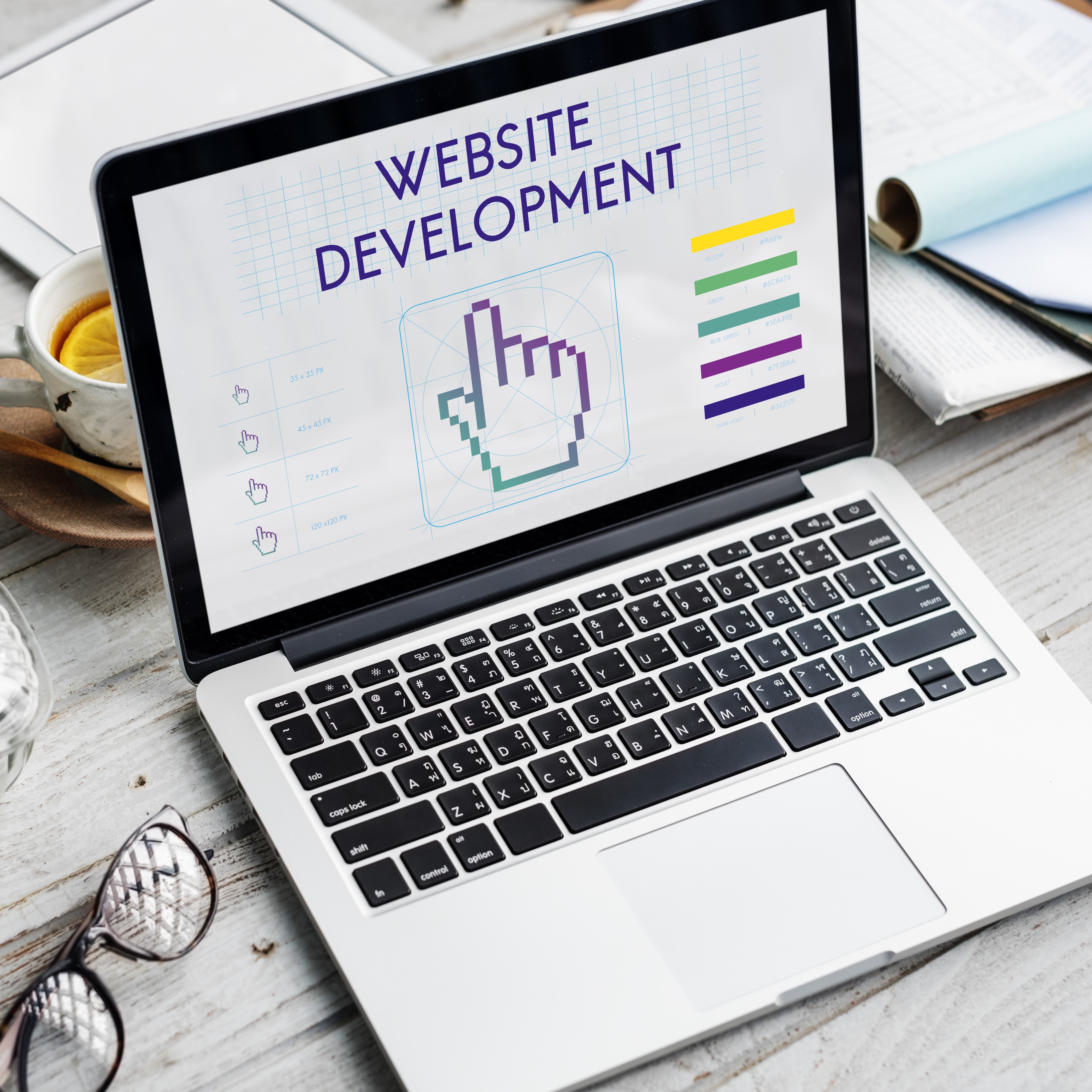
Why is user experience crucial in website development?

How to Choose the Right Ecommerce Platform for Your Business

How to Optimize Your LinkedIn Profile for Maximum Exposure?

How Can Branding Agencies in The UAE Promote Businesses?
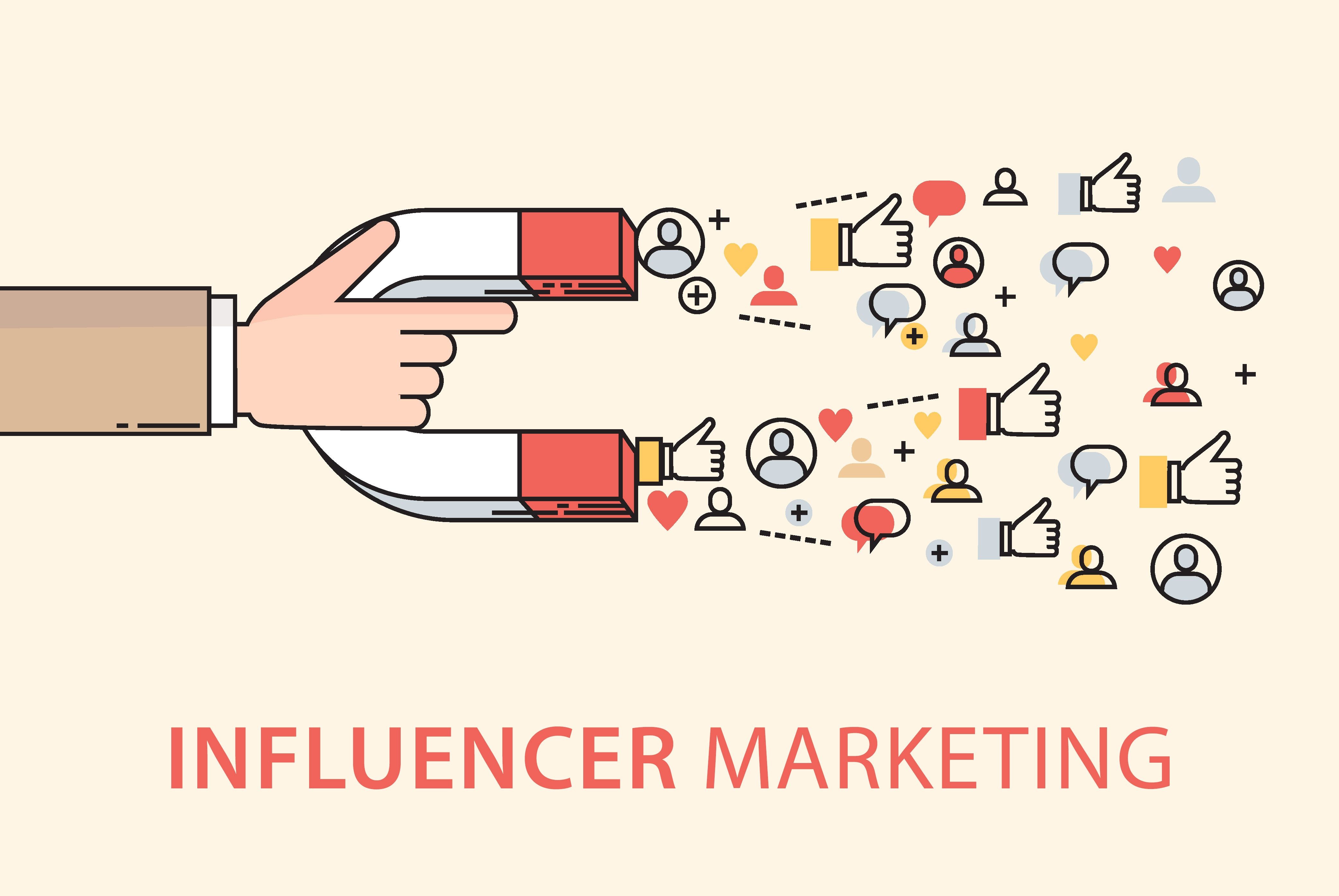

Top 10 SEO Agencies in Dubai

TOP TEN MARKETING CONSULTANTS IN DUBAI

The Top 10 Must Have WordPress Plugins for Your Website
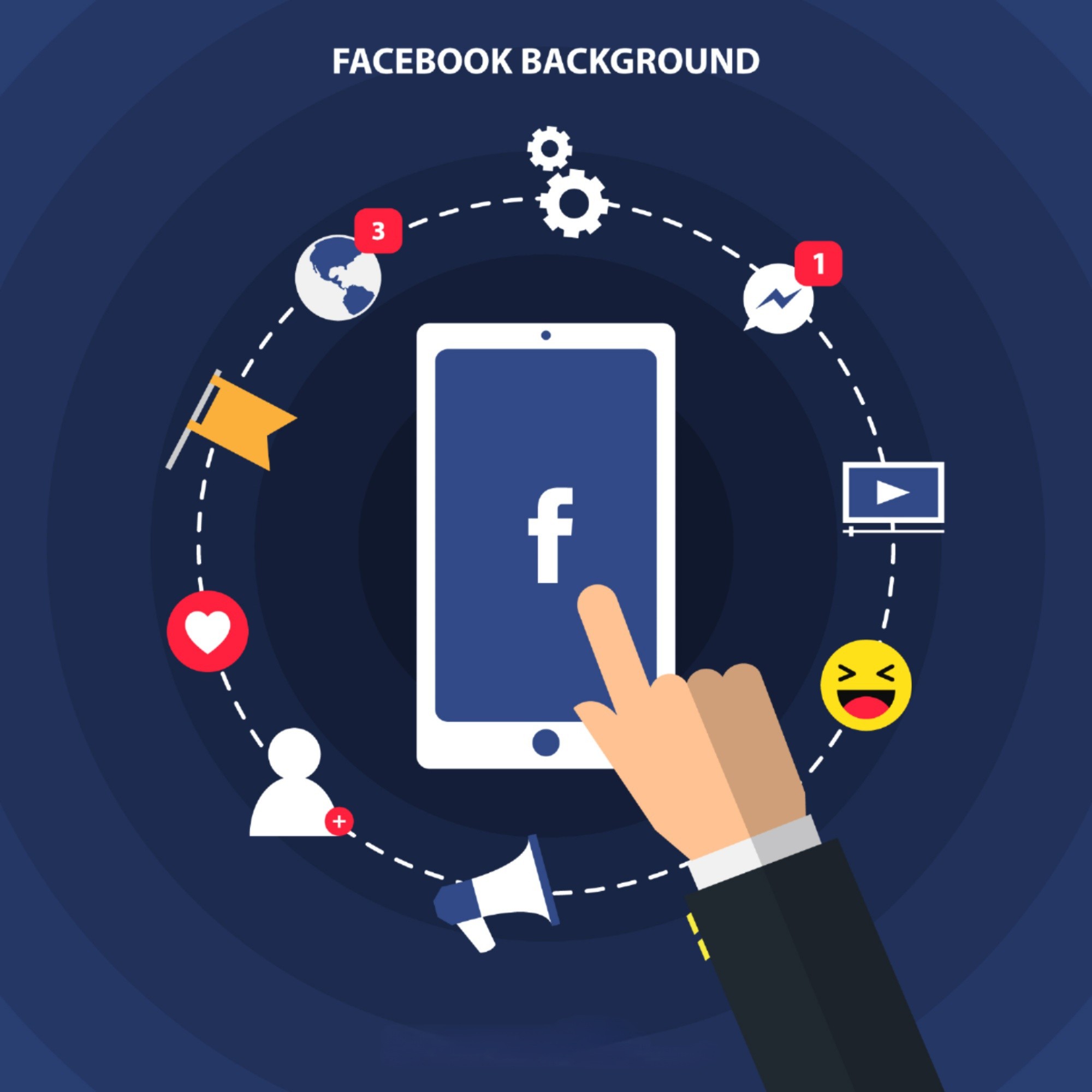
The Future of Facebook Marketing: Trends and Predictions

What are the successful CRM strategies?
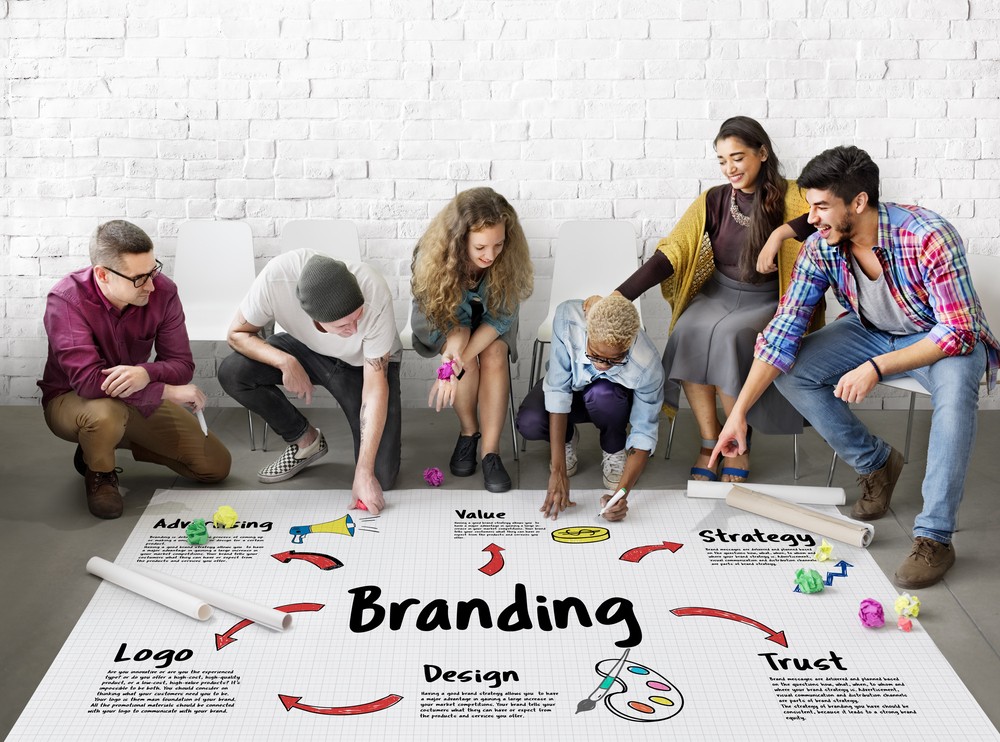
Reasons why you should hire a professional branding agency

How Web Development Helps Your Business

How to Grow your digital agency in 2023?

Why Cyber Security is Important for Your Business
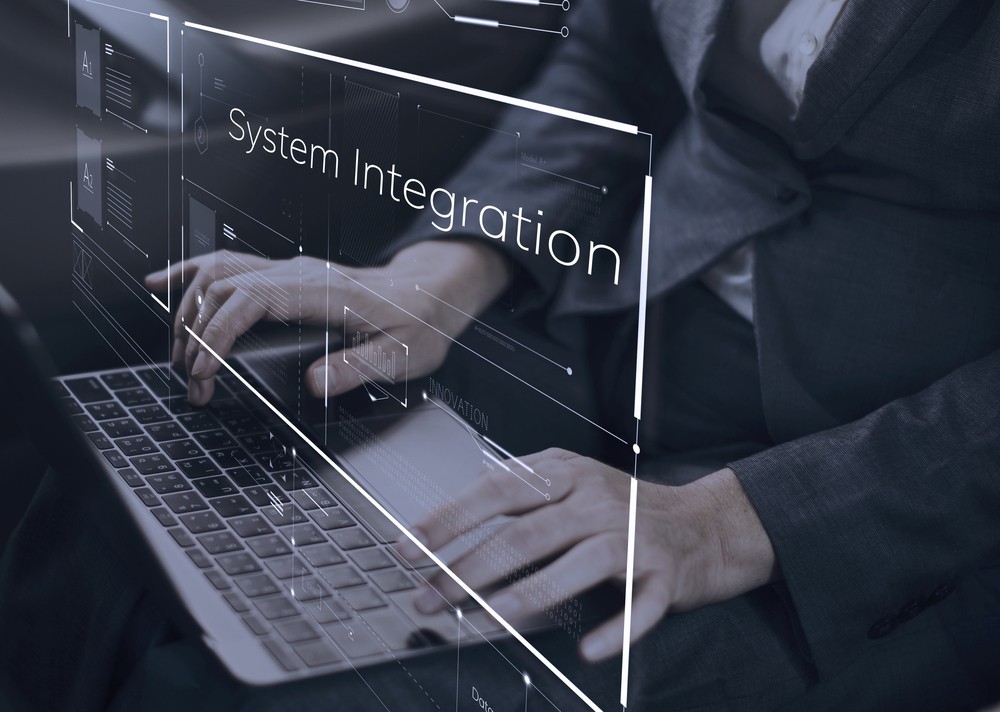
Key Factors for Choosing the Right System Integrators
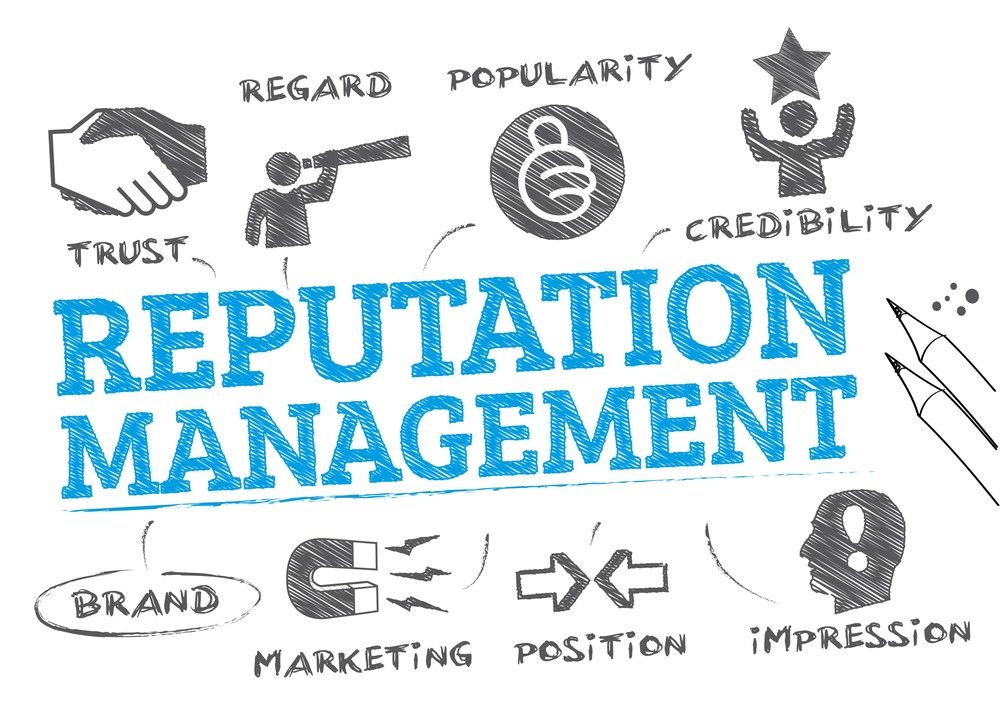
How to Choose the Right Reputation Management Company

How Ethical Hacking is Different from Normal Hacking?

Things to Consider While Choosing a Software Development Company

Top 7 Reasons to Hire a Content Marketing Agency in Dubai

10 Factors to Consider While Selecting Web Designing Companies in Dubai

Importance and Benefits of SEO for Your Business

TIPS FOR CHOOSING A SOFTWARE TESTING COMPANY

Questions You Should Ask Before Choosing A Social Media Agency In UAE
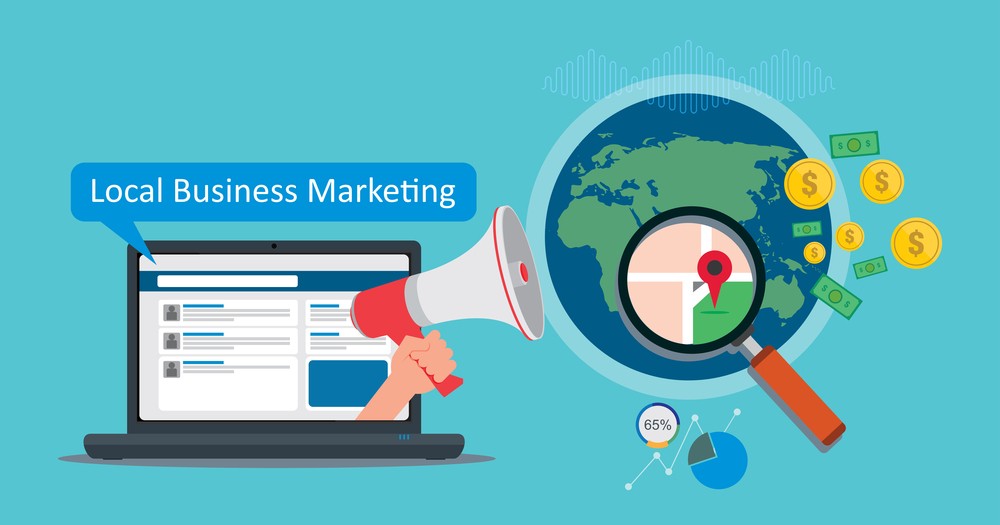
How to Market your Local Business in Dubai?

How to choose a good digital marketing agency for your business in Dubai
